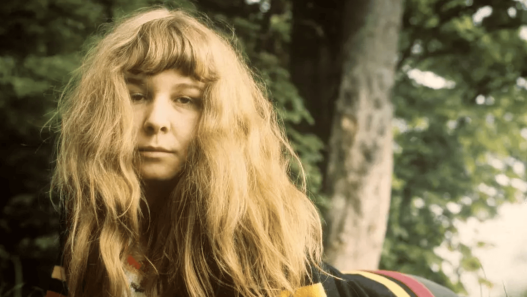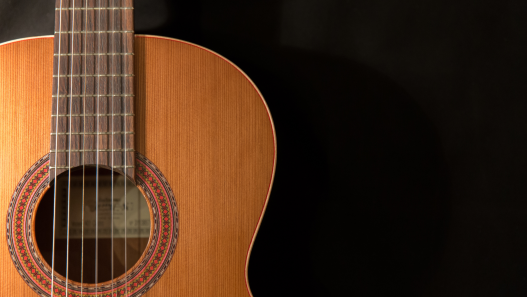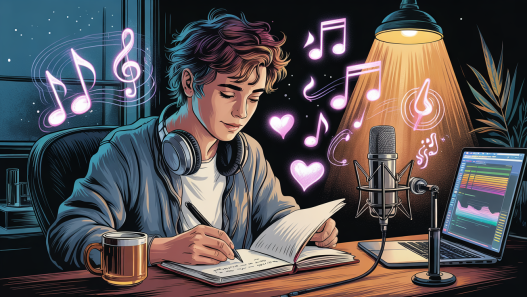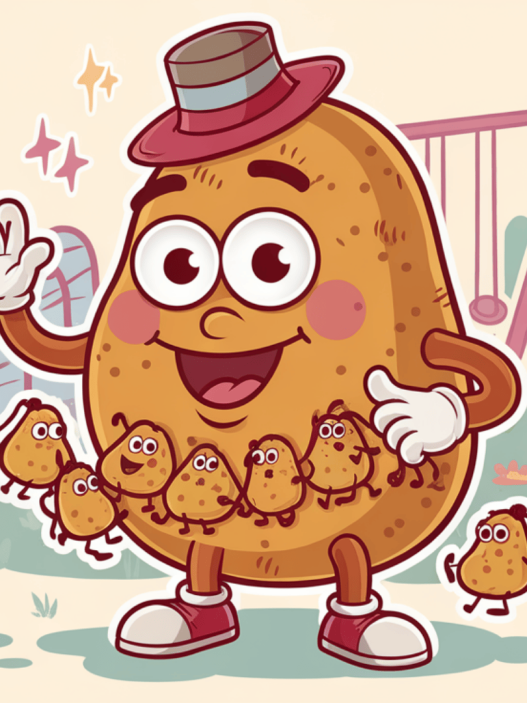Heard a smooth R&B track and thought, “I want to write something like that”? Great news,you absolutely can.
Writing R&B songs isn’t just for seasoned artists. With some rhythm, emotion, and a bit of guidance, anyone can begin creating music that resonates with the soul.
R&B blends heartfelt stories with smooth melodies. It’s about love, pain, joy, and everything in between, making it one of the most relatable genres.
Start by listening closely to your favorite R&B tracks. Feel the flow, catch the emotion, and notice how lyrics and beats connect.
Even as a beginner, you can create powerful R&B songs. All you need is practice, passion, and your unique voice.
Ready to start your songwriting affair? Let’s break down the basics of R&B songwriting.
What is R&B Music?
R&B blends rhythm, soul, and emotion into smooth, heartfelt songs about love, pain, and personal experiences.
R&B stands for Rhythm and Blues. It began in the 1940s and has evolved into a style that blends soul, funk, hip-hop, and pop. Modern R&B is known for smooth vocals, heartfelt lyrics, and beats that make you want to sway.
Core Features of R&B
- Emotional or romantic themes
- Strong vocals with smooth runs or harmonies
- A slow to mid-tempo groove
- Layers of instruments or digital production
What Makes a Good R&B Song?
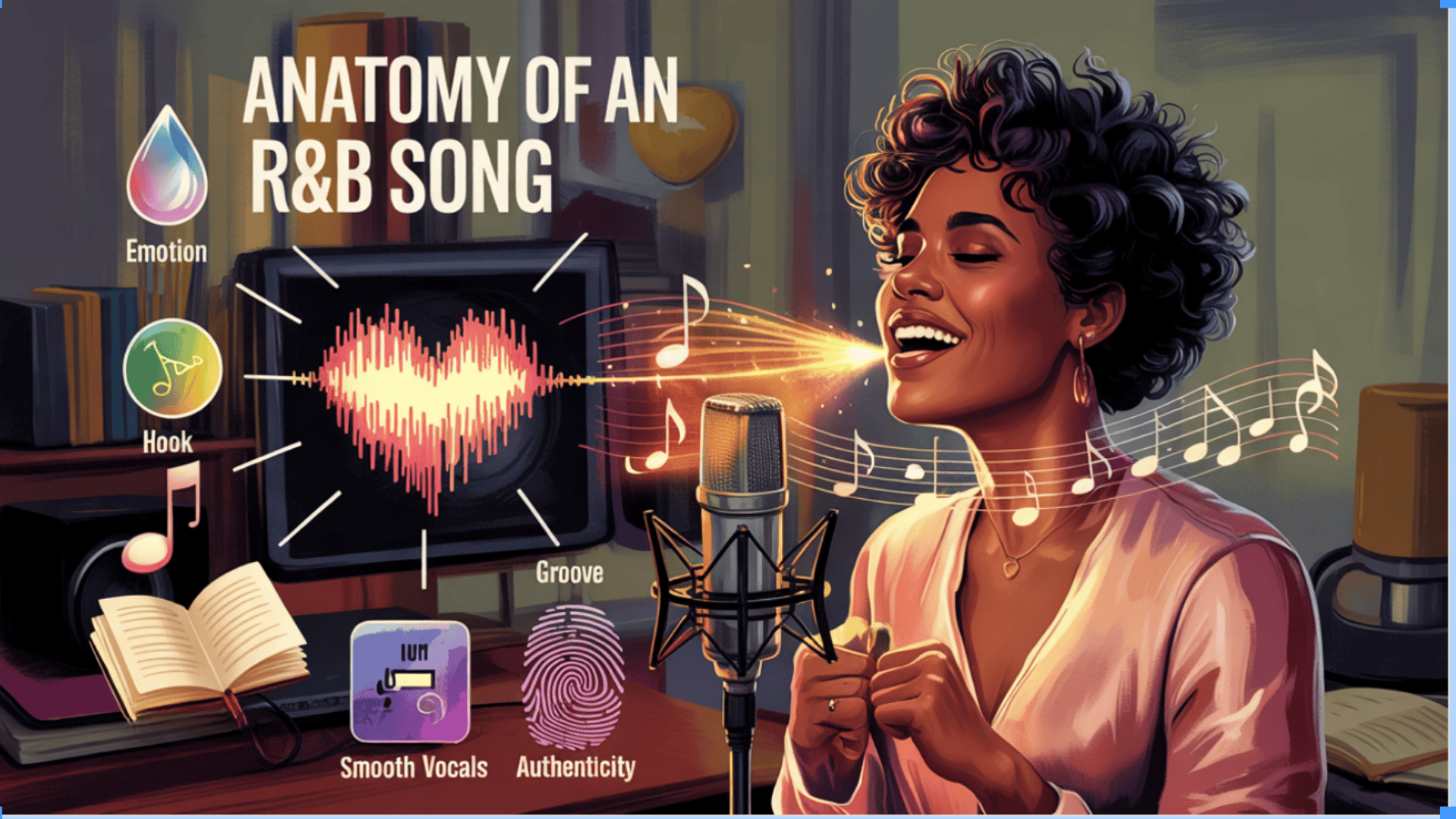
A good R&B song isn’t just about smooth vocals or a catchy beat it’s about feeling, storytelling, and soul. Here’s what sets an R&B song apart and makes it truly resonate with listeners:
1. Deep, Honest Emotion
R&B thrives on authentic, vulnerable feelings that listeners can connect with. Raw emotion creates the foundation that separates great R&B from generic pop songs.
The Technique: Write from personal experiences. Use intimate language. Show vulnerability through specific details.
Example: Instead of saying “I’m sad,” try “I sleep on your side of the bed just to feel close again.”
2. A Catchy, Emotional Hook (Chorus)
Your hook is the heart of the song, the memorable phrase that captures your main emotion and sticks in listeners’ minds long after the music stops.
The Technique: Keep it simple and repeatable. Focus on one core emotion. Use flowing, natural melodies.
Example Hook Line: “I keep falling for you, even when you let go…”
3. Smooth and Soulful Vocals
R&B vocals carry emotion through tone, runs, and harmonies rather than just words. They express feeling through technique while maintaining authenticity and soul.
The Technique: Prioritize feeling over perfection. Use vocal runs strategically. Layer harmonies for depth.
Tip: Even if you’re not a trained singer, sing with intention. That’s what moves people.
4. Strong Storytelling or Imagery
Great R&B paints vivid pictures with words, helping listeners visualize and feel the story. Clear imagery makes abstract emotions tangible and relatable.
The Technique: Tell specific moments. Use sensory details. Keep your message clear and vivid.
Example: “He left his keys on the counter, like he’d come back,but he never did.”
5. A Groovy, Emotional Beat
R&B beats balance smooth groove with emotional depth. The rhythm keeps listeners engaged while the chord progressions and instrumentation create mood and atmosphere.
The Technique: Use warm instruments. Keep 70-90 BPM tempo. Layer sounds gradually for mood.
Pro Tip: A chill loop can inspire your lyrics. Try free beat apps like BandLab or Splice to explore.
6. A Natural Flow and Structure
Well-structured R&B songs guide listeners through an emotional journey, with each section building naturally toward peaks and valleys that enhance the storytelling.
The Technique: Follow a basic format: Intro – Verse – Chorus – Verse – Chorus – Bridge – Final Chorus – Outro
Use a bridge to introduce a twist or change in emotion. Let the final chorus feel bigger or more emotional than the first.
7. Authenticity
Genuine R&B comes from real experiences and honest expression. Listeners can sense when artists are being authentic versus chasing trends or copying others.
The Technique: Tell your story. Use your natural voice. Focus on connecting, not impressing.
How Do You Structure an R&B Song? (For Beginners)
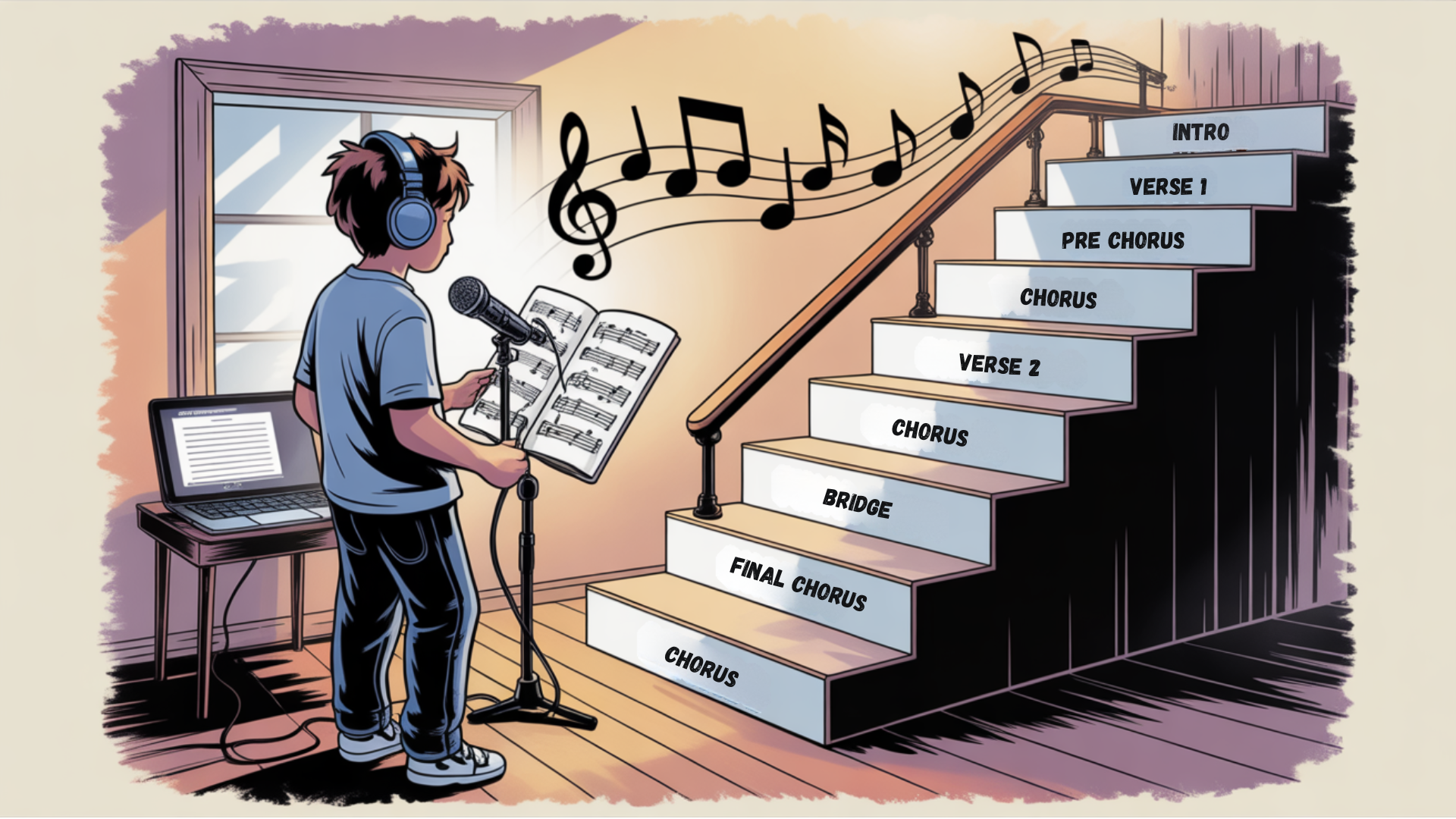
R&B songs are deeply emotional, often romantic, and built around storytelling and soulful grooves. A good structure helps guide your listener through the Path you’re trying to share. Let’s walk through each section with practical tips you can follow.
1. Intro: Set the Mood (4–8 bars)
What it is:
The intro is your song’s first impression. It sets the vibe and draws listeners in. The Intro is your musical handshake it’s the very first thing your listener hears, and it sets the emotional tone for the entire song.
In R&B, which thrives on feeling and atmosphere, a strong intro creates vibe, curiosity, and connection right away.
Practical Tips:
- Start with a simple instrumental loop or mellow chords.
- Add a soft sound effect, a vocal run, or a whisper to grab attention.
- Keep it short and smooth, don’t overload it.
- Use this time to hint at the beat or melody of the chorus.
Example: Play a mellow electric piano riff or reverb-heavy guitar strum.
2. Verse 1: Begin the Story (8–16 bars)
What it is: The verse in an R&B song is where everything begins,it’s the part that explains the setting, the feeling, or the situation.
Think of it as opening the door and inviting the listener into your world. This is where you start telling your story, often through personal or emotional details.
You might describe where you are, when something happened, or how you’re feeling in that moment.
Practical Tips:
- Use personal, relatable language to tell a real or imagined story.
- Keep lines rhythmic but not too crowded.
- Avoid jumping straight into emotion; let it build.
- Use metaphors or visuals: “Rain on the window feels like your goodbye.”
Writing Trick:Who are you talking to? What happened? What do you want to say first?
3. Pre-Chorus (Optional but Common, 4–8 bars)
What it is: The pre-chorus is a brief section that precedes the chorus, and its purpose is to build anticipation or emotional tension.
It acts like a stepping stone between the verse and the chorus, helping the energy rise and the emotions intensify.
Practical Tips:
- Change the melody slightly from the verse,make it feel like a “lift.”
- Lyrically, raise the stakes: “I try to stay strong, but it’s getting hard…”
- Use fewer instruments or a rising chord progression for drama.
Tip:Use a pre-chorus if the jump from verse to chorus feels too sudden.
4. Chorus: The Emotional Core (8 bars)
What it is: The chorus, often called the hook, is the part of the song that listeners remember most,and the one they’re most likely to sing along to.
It usually carries the main message or emotional punch of the entire track. While the verses build the story and the pre-chorus creates tension, the chorus is where everything comes together in a clear, powerful release.
Practical Tips:
- Write something repeatable and powerful,emotion > complexity.
- Focus on the main message: love, heartbreak, longing, etc.
- Keep your melody strong, simple, and catchy.
- Repeat words if needed: “Can’t let go, can’t let go, can’t let go…”
Ask yourself:What is the main feeling I want them to remember?
5. Verse 2: Build the Story (8–16 bars)
What it is: The second verse continues the story but with deeper emotions or a fresh perspective. It builds on what the first verse started, showing growth, change, or a new layer of feeling.
This keeps the listener interested and moves the song forward, adding richness to the message without repeating the same ideas.
Practical Tips:
- Don’t just repeat Verse 1,add something new: a memory, a change in tone, or a turning point.
- Let your vocals evolve,get softer, stronger, or more vulnerable.
- Slightly vary the instrumental to show progression.
Example:Verse 1: “We used to talk all night…”
Verse 2: “Now I stare at my phone, waiting on nothing.”
6. Chorus (Repeat)
What it is: Repeating the chorus brings back the hook, reinforcing the main emotion and helping it stick with the listener. It adds familiarity and deepens the impact, especially now that the story has progressed.
Practical Tips:
- Keep the lyrics the same, but you can add vocal harmony, layered instruments, or ad-libs.
- Sing with more emotion now that the story has grown.
Production Tip:Add background harmonies or backup vocals to make it bigger.
7. Bridge: The Twist or Climax (4–8 bars)
What it is: The bridge breaks the pattern and introduces something new,a shift in melody, lyrics, or emotion. It offers a fresh thought or turning point that adds depth before the final chorus
Practical Tips:
- Introduce a different melody or chord progression.
- Say something surprising: “I don’t need you anymore.”
- Use spoken words, rap, or a stripped-down sound for drama.
Writing Prompt:What’s the big truth or shift your character realizes in the song?
8. Final Chorus / Outro (8–12 bars)
What it is: The final chorus and outro bring the song to its emotional peak, then ease it to a close. It’s where you wrap things up, repeat the hook with more feeling, or fade out gently to leave a lasting impression.
Practical Tips:
- Repeat the chorus with more layers (or fewer, for a more intimate effect).
- Add extra vocal runs, echoes, or a high note to show emotion.
- Optionally, fade out with a musical or vocal repeat.
Outro ideas:
- Repeat one phrase (like “I still love you…”) as it fades.
- End on a strong final chord or line.
Things to Keep in Mind
Watch out for common songwriting mistakes that could take away from your song’s authenticity and emotional power.
- Avoid copying lyrics. Inspiration is fine, but make your words original.
- Watch out for over-editing. Too much polish can kill emotion.
- Don’t force rhyme. Focus on flow and meaning instead.
- Stay true to your voice. Trends fade, but authenticity lasts.
If you’re looking for more tips on creating memorable melodies, check out our blog on crafting the perfect hooks for your songs!
Conclusion
Creating R&B songs takes practice, but anyone can learn with dedication. Trust your own voice and feelings – they make your music unique.
Start small with simple chord patterns and honest lyrics. Study songs you love, but don’t just copy them. Remember that good R&B blends strong beats with heartfelt words. Your first songs might be basic, but they’ll improve with time.
Find others who share your passion. Feedback helps you grow as a songwriter. Don’t worry about making hits right away. Focus on expressing yourself clearly through your music.
The best R&B comes from real emotions and stories. Your experiences matter and can connect with listeners.
Keep writing, keep singing, and trust the process. Your R&B songwriting skills will grow with each new song you create.
Share your thoughts in the comments below! Don’t forget to share this post with others who love music and songwriting.




